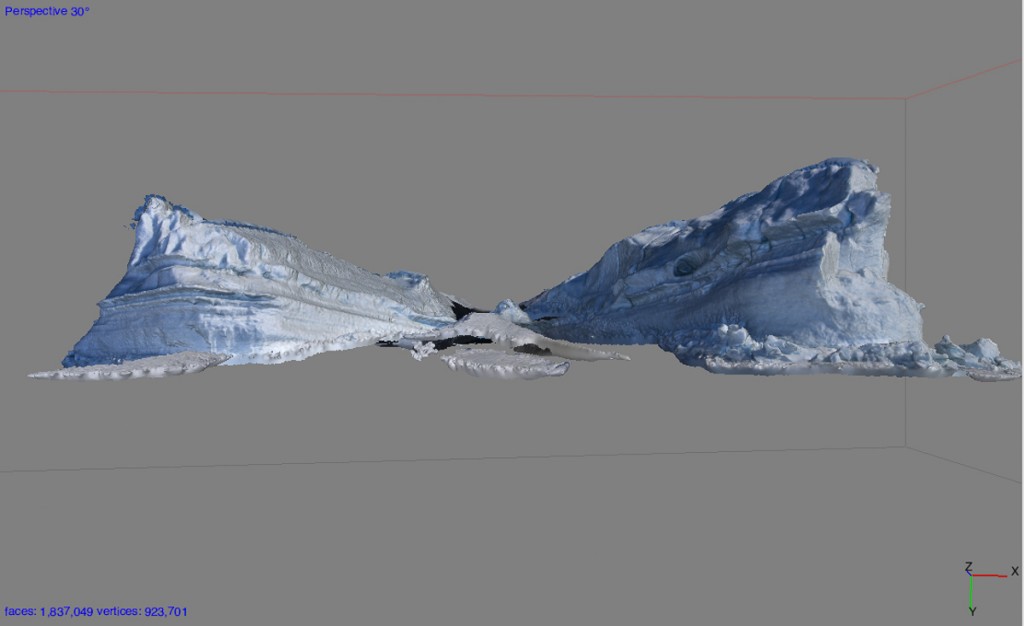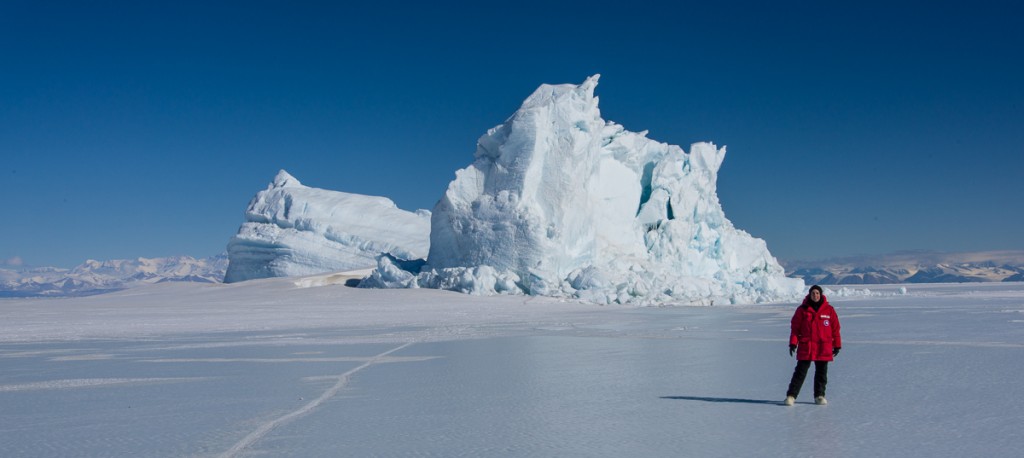To begin playback of each track:
Mobile: Click on “Listen in Browser.”
Desktop: Click on the circular orange button.
Stop 1: Introduction
A Walk Over the Canada Glacier
Stop 2: Arriving at the Canada Glacier
Stop 3: Lake Hoare Field Camp
Stop 4: Canada Glacier from Lake Hoare
Stop 5: Panorama of Canada Glacier from Lake Fryxell, Antarctica
Stop 6: Mummified Leopard Seal near Canada Glacier, Antarctica
Stop 7: Lake Fryxell Field Camp, Antarctica
Stop 8: Rowboat on Pulley, Lake Fryxell, Antarctica
Stop 9: Canada Glacier from Lake Fryxell
Stop 10: In the Surrealist Sculpture Garden
[YouTube Video Link: Capturing Antarctic Geology in 3D: “Bird” Ventifact]
Stop 11: The Road to Double Curtain Glacier (back long wall)
Stop 12: Walking on Sea Ice at Scott Base Pressure Ridge
[Video Link: Frozen South – Ice Breakout 4K by Anthony Powell]
Into the Erebus Ice Tongue Cave
Stop 13: Cloudburst, Erebus Ice Tongue Cave
Stop 14: Fractal Arch, Erebus Ice Tongue Cave
Walking on Lake Ice
Stop 15: A Look Inside the Miniature Ice Palace
Stop 16: Looking Down at Ice Designs
Stop 17: A Midnight Ramble Around Lake Hoare
Walking on a Cape Royds Lake
Stop 18: Walking on Mysterious Ice
Walking Among Penguins
Stop 19: Walking with Penguin Scientists
Stop 20: Penguin Watching at Cape Royds
Stop 21: Into the Ocean, Cape Royds
Stop 22: Penguin Yoga, Cape Royds
Stop 23: In Search of the First Chick of the Season, Cape Royds
[YouTube Video Link: Newborn Penguin Chick at Cape Royds]
Stop 24: Conclusion to the Journey
Links to More Information
Artwork at HelenGlazer
More Antarctica Photos on my Flickr page
Antarctica Journal: Scroll the menu here or search for topics to read the original blog entries.
Cape Royds Penguin Research
Bravo! 043 Facebook Page for Sam Bowser’s Research Team
McMurdo Dry Valleys Long Term Ecological Research
Credits and Acknowledgements
Recording Engineer: Rick Delaney
Special thanks to everyone who directly assisted with the production of this exhibition: Laura Amussen, Exhibitions Director at Goucher College; Rick Delaney; Jowita Wyszomirska; the digital production staff at Open Works Baltimore; Full Circle Photo; the Otis College of Art Summer Residency Program; and Nicole Atkinson, Push to Start, Inc. And in Antarctica: Peter West from the National Science Foundation Office of Polar Programs; field camp researchers and personnel Sam Bowser, Laura Von Rosk, David Ainley, Jean Pennycook, Katie Dugger, Andrew Fountain, Rae Spain, Dave Van Horn, Renee Noffke, and Amy Chiuchiolo; mountaineers Forrest McCarthy and Evan Miller; and especially Elaine Hood of Lockheed Martin, who organized the complex logistics to get me to these special places. Thank you to my “Artists U Working Group”: Zoë Charlton, Alex Heilner, Nate Larson, Tony Shore, Marcia Wolfson-Ray, Olu Butterfly Woods and Jowita Wyszormirska, for the inspiration to add sound recordings to this exhibition and for your ongoing feedback as I developed this project, to the hardworking staff at the Greater Baltimore Cultural Alliance and to the Puffin Foundation. And I am especially grateful to my husband Joel Marcus for his invaluable support while I was “on the ice” and throughout the exhibition preparations.
Funding for this exhibition has been made possible in part by the Puffin Foundation and by the Rubys Artist Project Grants, a program of the Greater Baltimore Cultural Alliance conceived and initiated with start-up funding from the Robert W. Deutsch Foundation.










